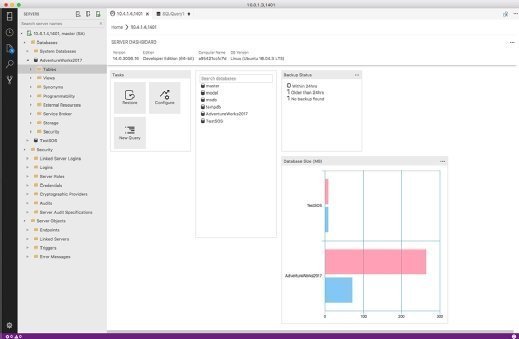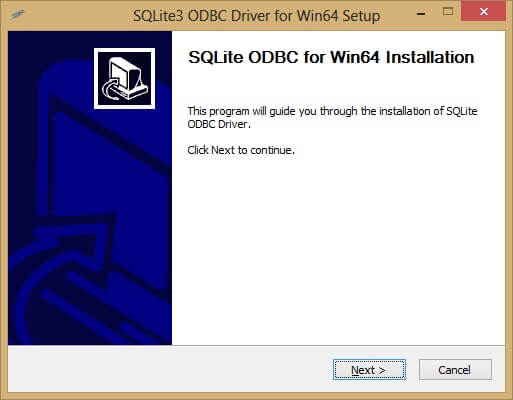
We use provider for the SQL Server, so it is. The second parameter is the provider name.

It will use Windows credentials to connect to the SQL Server. Trusted_Connection=True specifies the Windows authentication. Here, Server=.\SQLExpress refers to local SQLEXPRESS database server.ĭatabase=SchoolDB specifies the database name "SchoolDB" for which we are going to create classes. In the above command, the first parameter is a connection string which includes three parts: DB Server, database name and security info. In Visual Studio, select menu Tools -> NuGet Package Manger -> Package Manger Console and run the following command: PM> Scaffold-DbContext "Server=.\SQLExpress Database=SchoolDB Trusted_Connection=True " -OutputDir Models The following parameters can be specified with Scaffold-DbContext in Package Manager Console: Use Scaffold-DbContext to create a model based on your existing database. Let's create entity and context classes for the following SchoolDB database in the local MS SQL Server shown below. This reverse engineering command creates entity and context classes (by deriving DbContext) based on the schema of the existing database. So, we need to do reverse engineering using the Scaffold-DbContext command.

Creating entity & context classes for an existing database is called Database-First approach.ĮF Core does not support visual designer for DB model and wizard to create the entity and context classes similar to EF 6.
#Azure data studio sqlite how to
Here you will learn how to create the context and entity classes for an existing database in Entity Framework Core.

Next Creating a Model for an Existing Database in Entity Framework Core


 0 kommentar(er)
0 kommentar(er)
